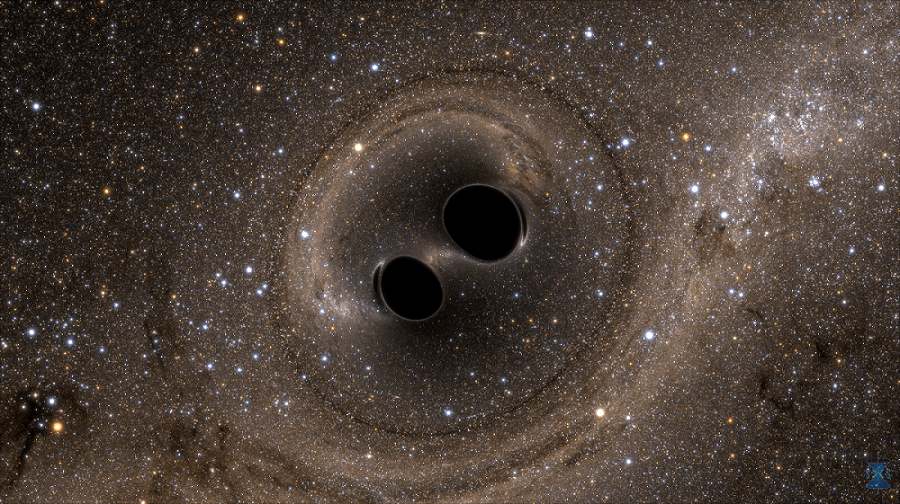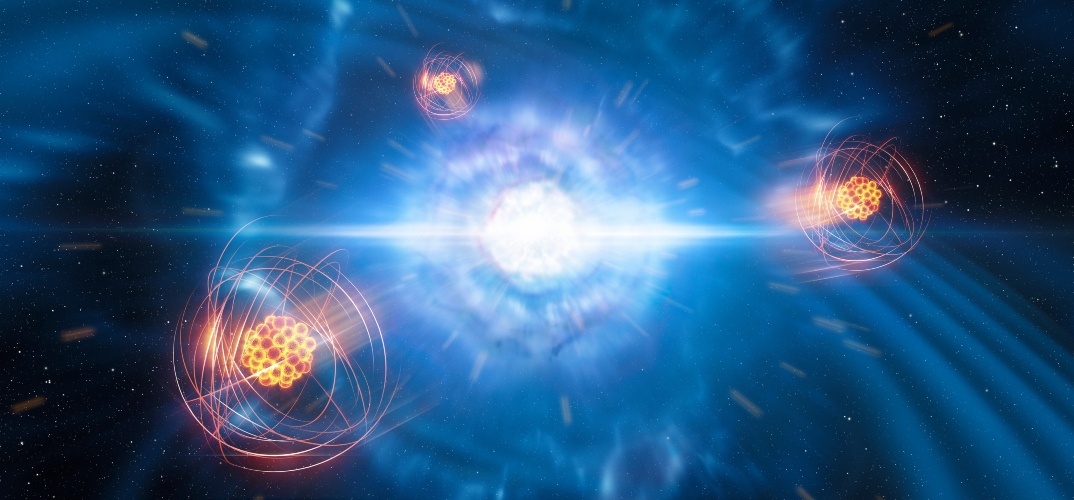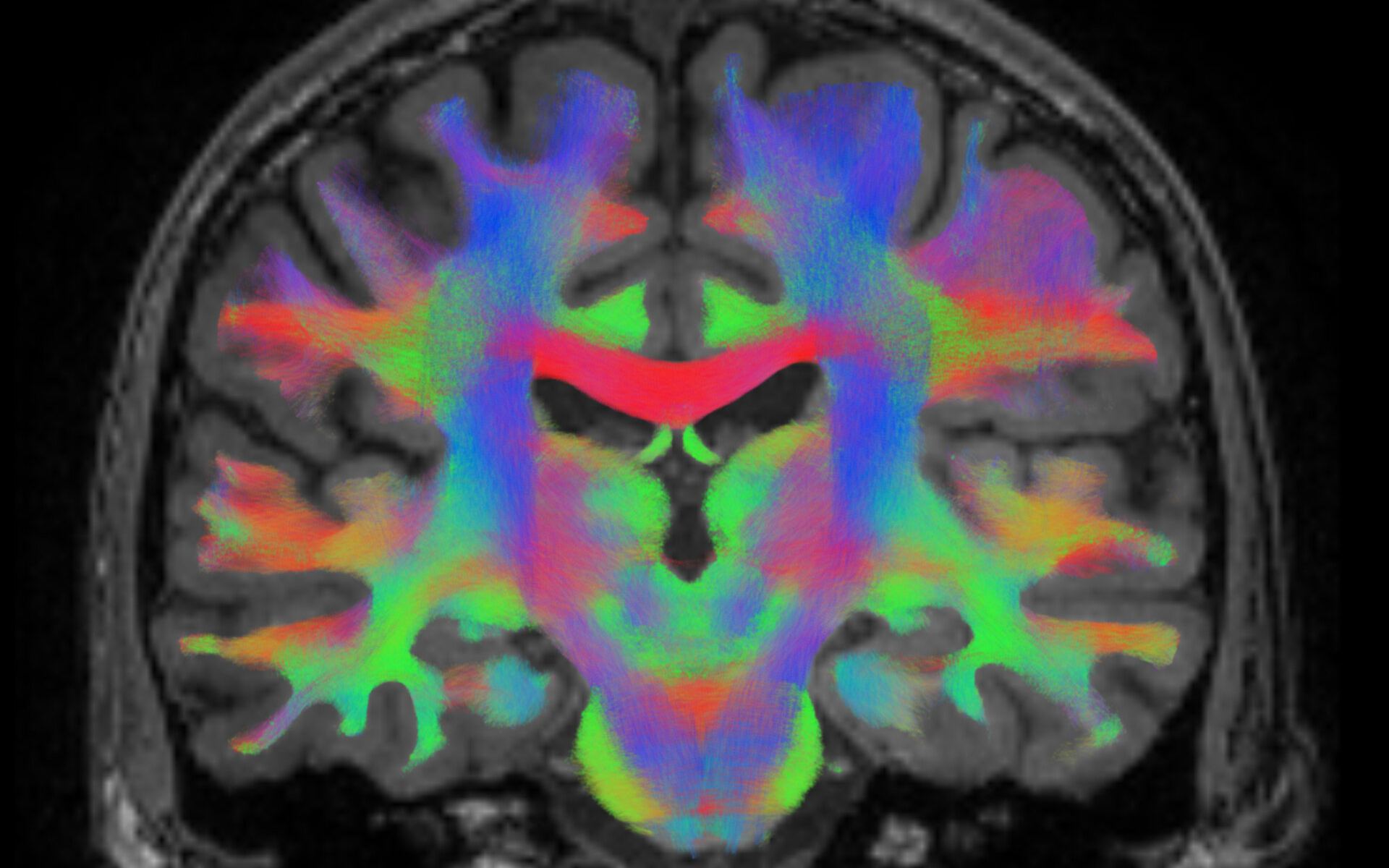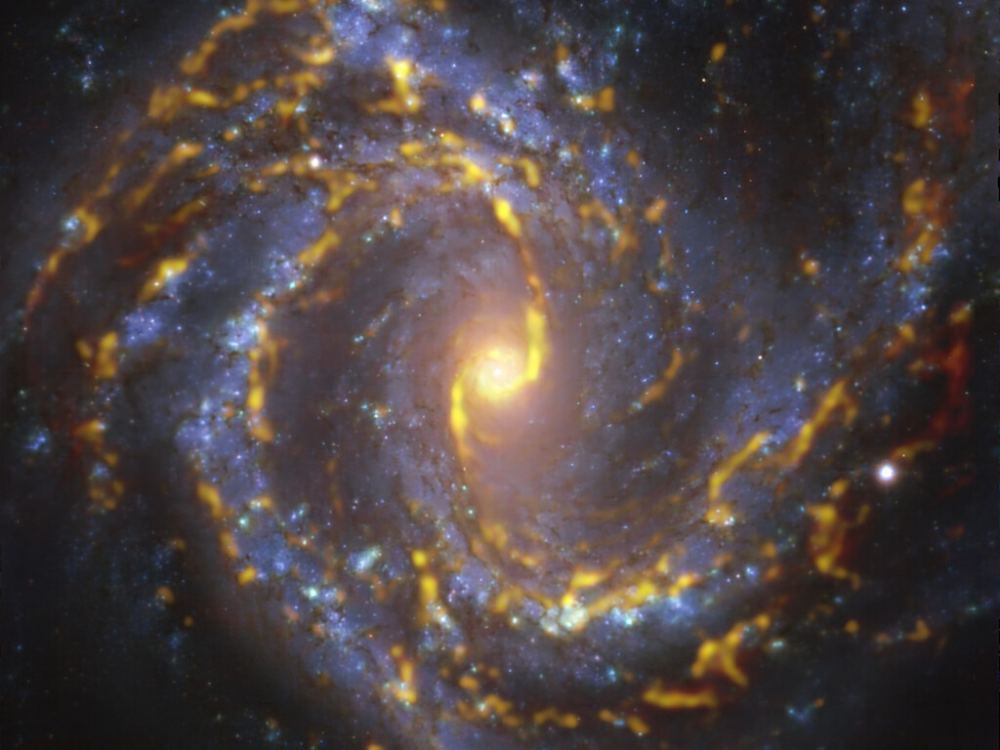About 50,000 years ago, a nickel-iron meteorite some 50 meters across plowed into the Pleistocene-era grasslands of what is now Northern Arizona. It was traveling fast—about 13 kilometers per second. In just a few seconds, an impact dug out a crater just over a kilometer wide and spread rocks from the site for miles around.
Continue reading “Recreating the Extreme Forces of an Asteroid Impact in the Lab”Recreating the Extreme Forces of an Asteroid Impact in the Lab










